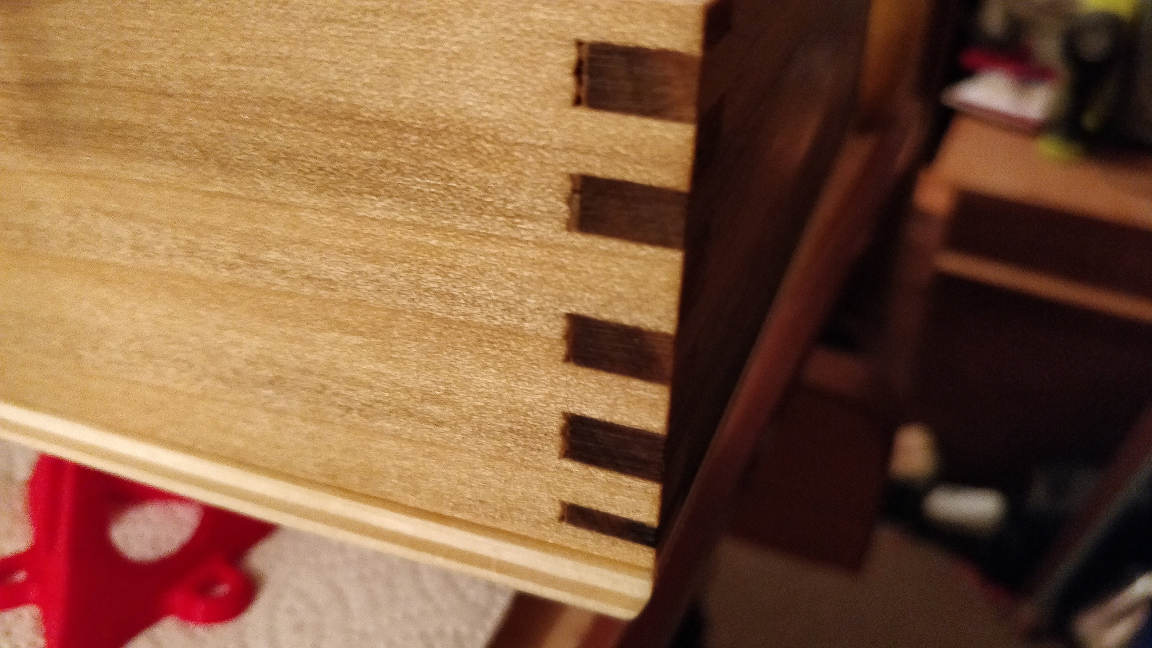transatlantic
Boom!
There are a few jigs out there that use a threaded rod as an indexing mechanism for the table saw. The ones I have seen are usually American though, and they use an 8Tpi rod, in conjunction with a 1/8" blade. This works out nicely as for one full rotation, the rod advances by the kerf of the blade.
Unless I am mistaken, things aren't quite as convenient with the metric system. It looks like your general ~250mm blade has a kerf of 2.8mm (others I have seen are 2.1, 2.4 and 3.2mm), which doesn't match up with the pitch of any of the larger threaded rods (M16+)
http://fullerfasteners.com/tech/basic-m ... m1-m100-2/
Has anyone done anthing with a threaded rod? if so, what blade kerf and which threaded rod size did you use?
Unless I am mistaken, things aren't quite as convenient with the metric system. It looks like your general ~250mm blade has a kerf of 2.8mm (others I have seen are 2.1, 2.4 and 3.2mm), which doesn't match up with the pitch of any of the larger threaded rods (M16+)
http://fullerfasteners.com/tech/basic-m ... m1-m100-2/
Has anyone done anthing with a threaded rod? if so, what blade kerf and which threaded rod size did you use?


































